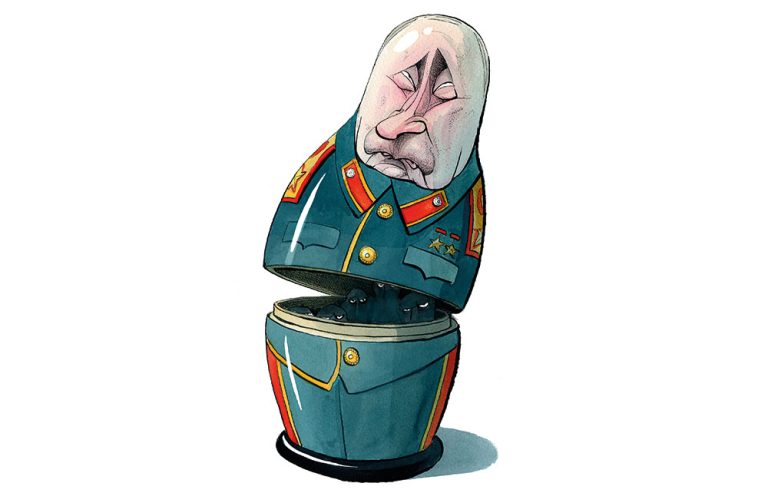How old will you be when Vladimir Putin's next presidential term ends in 2030? Which of today's world leaders will remain in office? By then, Putin will have been in power for 29 years, and just under half of the Earth's population at that time will have been born during his rule. As it stands, Putin is expected to see at least two more US presidents – or more, if he chooses to stay in power until 2036.
Putin has created an idol for defending Russian national sovereignty that no one has tried to destroy
When Putin launched his invasion of Ukraine in 2022, many dared to hope that battlefield defeat would force the Russians to accept the fact that they were no longer a major global superpower and confront their imperialist assumptions. Two years later, neither the Russian military nor its economy show any sign of impending collapse. On the contrary, Putin appears confident, cheerful, and even arrogant. The depressing reality, as Russia prepares for elections next week that will almost certainly see him return for a new six-year term, is that Putin is not going anywhere. Nor the Russia he created.
However, as he prepares for his fifth term, the truth is that Putin is a hollow czar. He invaded Ukraine to emphasize Russia's greatness in its own backyard as well as on the international stage. Instead, the war demonstrated that Putin's much-vaunted army is incapable of defeating a much smaller Ukrainian force. Instead of halting NATO's expansion, he massively expanded its reach to include previously neutral Sweden and Finland. The invasion wiped out major sectors of the Russian economy (especially gas and automobile exports), abruptly halted foreign investment, and made Russia economically dependent on China.
The war forced up to a million of the country's best-educated and brightest people into exile, and broke the Kremlin's implicit contract with Russia's elite that they could enrich themselves and enjoy their gains unhindered in exchange for political submission.

